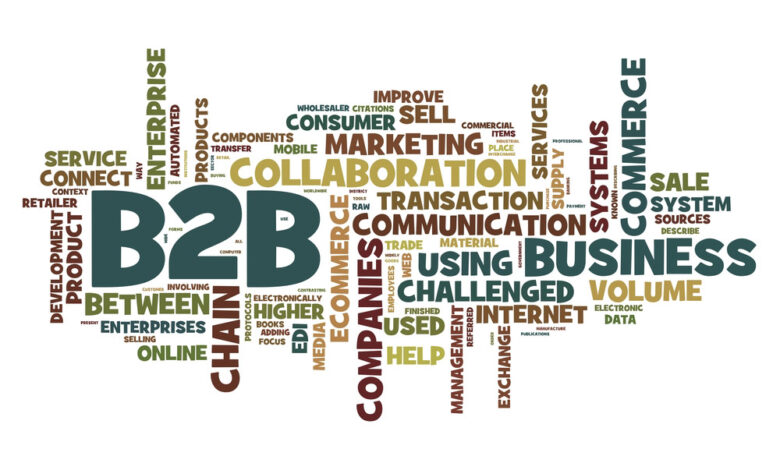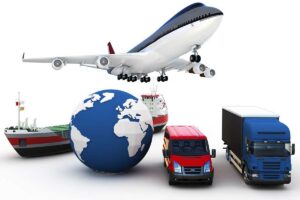Optimizing Your B2B Sales Funnel for Higher Conversions

In the complex world of B2B sales, the sales funnel isn’t just a linear process, it’s a strategic roadmap that guides potential clients from purchasing awareness. Optimizing this journey is essential for increasing conversions, shortening sales cycles, and ultimately driving revenue growth. Here’s how to refine each stage of your B2B sales funnel for maximum effectiveness.
Understanding the B2B Sales Funnel Stages
B2B sales typically involve longer decision-making cycles due to multiple stakeholders, larger investments, and extensive evaluations. To optimize the funnel, businesses must first understand its key stages:
- Awareness – Prospects discover your brand through marketing efforts like SEO, content marketing, and industry networking.
- Interest – They engage with your content, exploring your solutions and learning about your offerings.
- Consideration – Leads compare your product or service against competitors, evaluating features, benefits, and pricing.
- Intent – They show clear signs of moving forward, such as requesting demos, trials, or pricing details.
- Evaluation – Decision-makers conduct final assessments, seeking proof of ROI and risk mitigation strategies.
- Purchase – The deal is finalized, with a focus on smooth onboarding and clear contract terms.
Each stage demands a targeted approach to ensure prospects keep progressing through the funnel.
Boosting Awareness with Strategic Content
To attract high-quality leads, businesses must establish a strong presence in their industry.
- Invest in SEO and content marketing – Target industry-specific keywords to drive organic traffic from search engines.
- Leverage LinkedIn and professional networks – Share insightful content, engage in discussions, and participate in relevant groups to increase visibility.
- Host or participate in webinars and podcasts – Establish thought leadership by providing valuable insights on industry trends and challenges.
Generating Interest Through Engagement
Once you capture a prospect’s attention, keeping them engaged is crucial.
- Personalized email campaigns – Segment your audience and deliver relevant content based on industry, job role, or business needs.
- Interactive tools and calculators – Provide prospects with self-assessment tools that help them understand how your solution fits their needs.
- Gated content – Offer valuable resources like whitepapers or case studies in exchange for contact information, encouraging deeper engagement.
Strengthening Consideration with Educational Resources
At this stage, leads are evaluating their options, making education and trust-building essential.
- Develop detailed comparison guides – Show how your solution stacks up against competitors in key areas.
- Offer personalized consultations or product demos – Address specific challenges and demonstrate how your offering solves them.
- Use customer testimonials and case studies – Highlight real-world success stories that resonate with your target audience.
Encouraging Intent with Strategic Incentives
Once prospects show buying intent, the right incentives can push them toward a decision.
- Provide free trials or pilot programs – Let potential customers experience your solution firsthand to build confidence.
- Offer time-sensitive discounts or special deals – Create urgency while making your offer more appealing.
- Implement lead scoring – Prioritize prospects showing the highest engagement levels, ensuring sales teams focus on the most promising leads.
Facilitating Evaluation with Confidence
In the evaluation stage, decision-makers weigh their options carefully. Your goal is to address concerns and solidify your value proposition.
- Prepare data-driven responses to objections – Anticipate questions around pricing, ROI, and implementation, and back up answers with concrete data.
- Offer risk-mitigation strategies – Provide flexible payment options, phased implementations, or dedicated customer support.
- Leverage third-party validations – Showcase awards, certifications, and independent reviews to reinforce credibility.
Sealing the Deal with a Seamless Purchase Process
Closing the deal requires efficiency and clarity.
- Simplify the buying process – Ensure contracts, pricing structures, and onboarding steps are straightforward and easy to navigate.
- Train sales teams in negotiation – Equip them with skills to balance persuasion and compromise without undermining your value.
- Maintain open communication – Address final concerns promptly to prevent hesitation or last-minute drop-offs.
Using Technology to Optimize the Funnel
Modern sales funnels rely on technology to streamline processes and improve conversion rates.
- CRM systems – Track lead interactions and personalize communication based on their stage in the funnel.
- Marketing automation – Automate email follow-ups, content distribution, and reminders to maintain engagement without manual effort.
- A/B testing and analytics – Regularly test landing pages, email subject lines, and call-to-action buttons to refine conversion strategies.
Personalization: A Game-Changer for B2B Sales
A one-size-fits-all approach no longer works in B2B sales. Personalization improves engagement and conversion rates by making each interaction relevant.
- Tailor messaging based on industry and job role – Use dynamic content and AI-driven recommendations to customize user experiences.
- Predict buyer behavior – Leverage machine learning to analyze lead activity and deliver the right content at the right time.
Continuous Optimization for Long-Term Success
A successful B2B sales funnel is never static—it must evolve with changing market conditions and buyer behaviors.
- Analyze conversion rates at each stage – Identify bottlenecks and adjust strategies accordingly.
- Collect feedback from both converted and lost leads – Understand decision-making factors and refine your approach.
- Stay ahead of industry trends – Adapt your strategies to align with emerging buyer expectations and technological advancements.
Building a Conversion-Focused Sales Strategy
Optimizing your B2B sales funnel isn’t just about increasing conversions about creating a customer journey that nurtures long-term relationships. By refining each stage, personalizing interactions, and leveraging data-driven insights, businesses can not only close more deals but also build lasting partnerships that drive sustained success.

